
Japan Travel Health & Safety Guide
Planning a trip to Japan involves not only researching exciting destinations and cultural experiences but also understanding health and safety tips to ensure a smooth journey. Known for its cleanliness, efficiency, and low crime rates, Japan is considered one of the safest countries for travelers. However, as with any destination, it's essential to stay prepared for potential health and safety issues. This comprehensive guide covers crucial information about health care, emergency services, weather considerations, and safety protocols to help you travel through Japan with confidence.
Contents
1. Understanding Japan’s Healthcare System
2. Travel Insurance: Is It Necessary?
3. Recommended Vaccinations for Japan
4. Emergency Services and Numbers
5. Safety Protocols for Natural Disasters
6. Food Safety Tips for Travelers
7. Seasonal Health Hazards and Allergies
8. Common Traveler Ailments and Prevention
1. Understanding Japan’s Healthcare System
Japan’s healthcare system is known for its high standards and accessibility. The country has an extensive network of hospitals and clinics, especially in urban areas. While most doctors and staff in larger hospitals may speak some English, language barriers can exist, especially in rural areas. Some facilities also accept credit cards, but it’s advisable to carry cash just in case. For travelers, there are dedicated clinics that cater to foreigners in cities like Tokyo and Osaka, where multilingual support is available.
2. Travel Insurance: Is It Necessary?
While Japan is generally a safe travel destination, unforeseen incidents can occur. Comprehensive travel insurance covering medical expenses, emergencies, and trip interruptions is recommended. Medical costs can be high for those without insurance, especially in private hospitals, which is why having insurance can provide peace of mind and help in case of unexpected illness or injury.
3. Recommended Vaccinations for Japan
Japan does not require vaccinations for entry, but some immunizations are recommended, especially for those planning extended stays or visits to rural areas. Common recommendations include vaccinations for influenza, hepatitis A and B, and Japanese encephalitis, especially for those traveling in the summer months or visiting remote regions. Always check with your healthcare provider well before departure to ensure you’re up to date on vaccinations.
4. Emergency Services and Numbers
Japan’s emergency services are well-organized and efficient. The main emergency numbers to remember are 110 for police and 119 for fire and ambulance services. In case of non-life-threatening situations, there are also multilingual emergency support services, like the Japan National Tourism Organization’s (JNTO) Tourist Hotline, available 24/7. It’s advisable to carry these numbers with you at all times and know the locations of nearby hospitals or clinics in your area.
5. Safety Protocols for Natural Disasters
Japan is situated on the Pacific Ring of Fire, making it prone to earthquakes and occasional typhoons. The country has strict building codes, early-warning systems, and efficient emergency response strategies in place. However, understanding basic earthquake safety, such as staying away from windows and protecting your head, is essential. In typhoon-prone seasons, monitor local weather updates and follow any evacuation orders if necessary. The Japan Meteorological Agency provides timely updates in English, and hotels often have safety protocols to ensure guests’ safety during such events.
6. Food Safety Tips for Travelers
Japanese food is known for its quality and safety standards, making it a paradise for food lovers. Most restaurants maintain excellent hygiene practices, and drinking tap water is safe in Japan. When dining, choose busy, popular spots to ensure freshness and quality. If you have allergies, especially to seafood or soy, carry a translated allergy card and check ingredients carefully. Street food is generally safe, especially in popular markets, though it's wise to observe cleanliness and only eat from stalls with a high turnover of customers.
7. Seasonal Health Hazards and Allergies
Different seasons in Japan bring specific health considerations. Spring can be challenging for travelers with pollen allergies, as cedar and cypress pollen levels are high. In summer, temperatures and humidity can be extreme, leading to heatstroke risks; stay hydrated and use sunscreen. Winters, while mild in some regions, can be harsh in others, so dress appropriately and use heating in accommodations. Winter air can be dry, which may cause respiratory issues, so consider using a mask or humidifier, especially in northern Japan.
8. Common Traveler Ailments and Prevention
Common travel ailments, such as colds, digestive issues, and jet lag, can affect visitors. Be mindful of fatigue, especially if adjusting to a different time zone. Keep a small first-aid kit with essentials like pain relievers, antacids, and any prescription medication you might need. Over-the-counter medication is available at Japanese pharmacies, though brand names and availability may differ, so it’s best to bring any essential medications with you.
9. Staying Safe in Public and Tourist Areas
Japan has one of the lowest crime rates globally, but staying vigilant is still important, especially in crowded areas and at popular tourist attractions. Keep an eye on your belongings in busy spots like train stations and shopping districts. If you’re using a bicycle, remember to lock it, as bike theft can occur. Lost and found systems in Japan are efficient, and misplaced items are often recovered. In case of any issues, local police stations are generally helpful to tourists and offer multilingual support in larger cities.
10. Conclusion
Japan is a safe and welcoming destination, but a little preparation can go a long way toward ensuring a healthy and stress-free trip. From understanding emergency protocols to choosing safe dining options, being prepared enhances your ability to enjoy all that Japan has to offer. By keeping health and safety at the forefront, you can make the most of your journey, exploring Japan with peace of mind and making memories that will last a lifetime.
Share
You may also like
-

Visiting Japan’s Love Hotel Districts: What to Expect
Japan’s love hotel districts are famous for their unique and fascinating blend of privacy, creativity, and a touch of...
-

Top 10 Late-Night Dining Spots in Tokyo’s 24-Hour Cafes
Tokyo’s vibrant nightlife extends well beyond bars and nightclubs, with a thriving late-night dining culture tha...
-
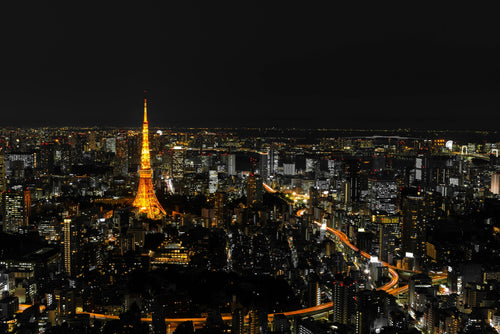
Best Night Tours in Tokyo for After-Dark Adventures
Tokyo’s nightlife is renowned for its energy, vibrancy, and unique blend of traditional and modern experiences. From ...
-
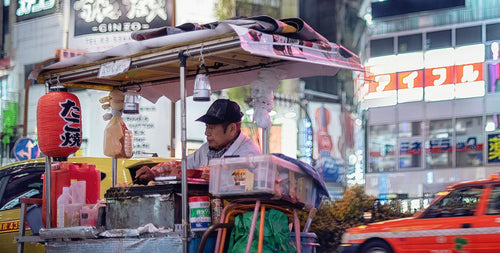
Japan’s Late-Night Food Culture: 8 Best Street Eats
Japan’s late-night food culture is a vibrant experience, especially in bustling cities like Tokyo and Osaka, where de...
-
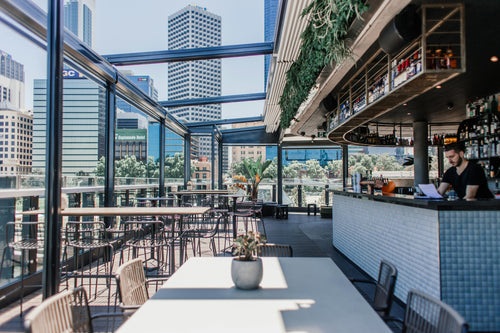
7 Rooftop Bars in Tokyo for Stunning Views
Tokyo’s rooftop bars offer some of the best ways to soak in the city’s skyline while enjoying drinks, atmosphere, and...
-

10 Best Nightclubs in Tokyo for Dancing and Music Lovers
Tokyo's nightlife is renowned for its variety and energy, with nightclubs that range from high-energy dance floors to...
-
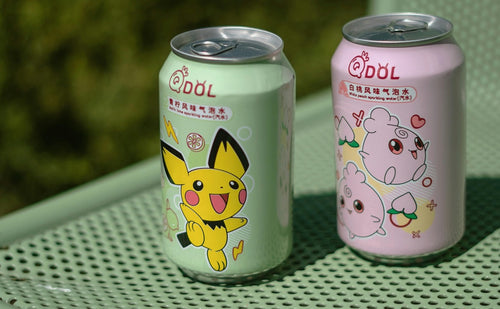
8 Themed Bars and Cafes You Need to Visit in Tokyo
Tokyo is famous for its creative and quirky themed bars and cafes, offering immersive experiences for locals and...
-

Tokyo Nightlife Guide: Shinjuku, Shibuya, and Roppongi Highlights
Tokyo’s nightlife is legendary, offering a mix of vibrant energy, entertainment, and unique experiences in some of it...
-
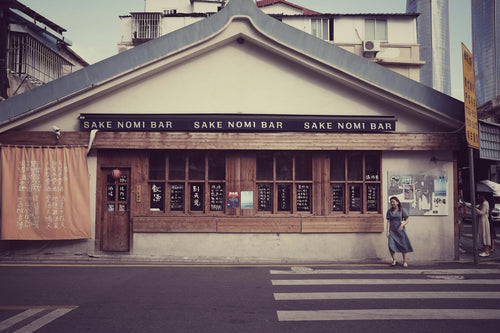
7 Best Japanese Sake Bars in Tokyo
Tokyo is home to some of Japan’s best sake bars, offering both locals and visitors an opportunity to explore the...
-
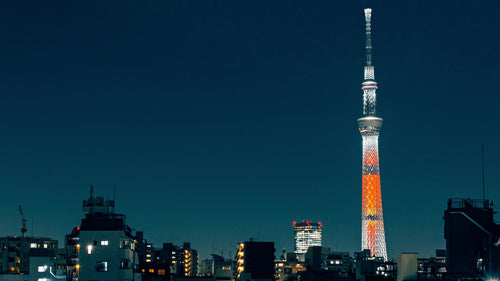
Top 6 Observation Decks in Tokyo for Scenic Views
Tokyo’s observation decks offer some of the best panoramic views of the city, giving visitors a chance to see th...
-
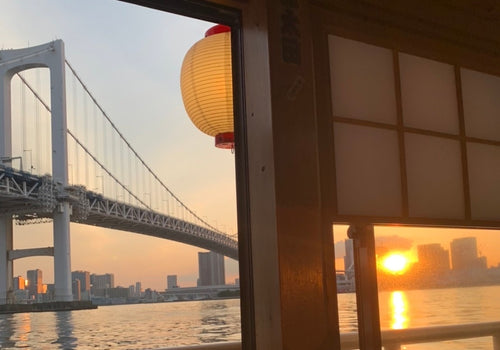
Night Cruises in Tokyo: Enjoy the City Views
Tokyo’s skyline is mesmerizing at any time, but experiencing it from the water on a night cruise adds a magical ...
-
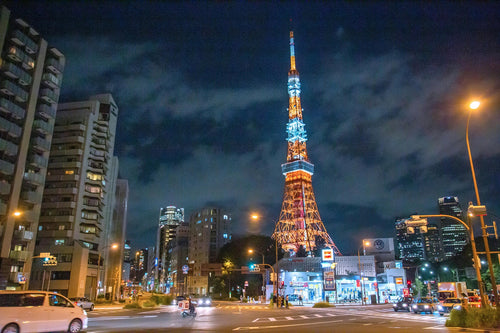
Roppongi Art and Nightlife Guide
Roppongi is one of Tokyo’s most vibrant districts, known for its lively nightlife, sophisticated art scene, and ...
-
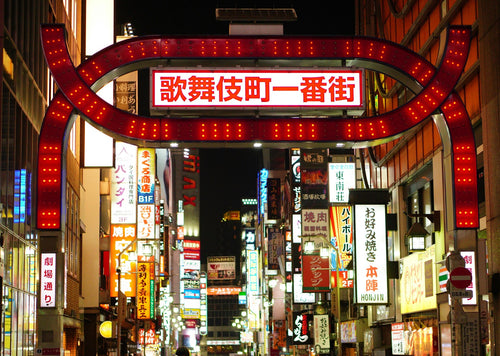
Nightlife Guide to Shinjuku Kabukicho
Shinjuku’s Kabukicho district, known as Tokyo’s “Sleepless Town,” is the center of nightlife in Tokyo. Renowned ...
-
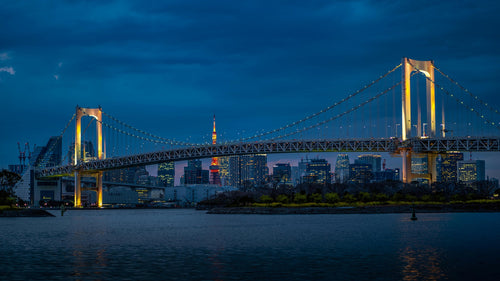
6 Best Night View Spots in Tokyo
Tokyo at night is a breathtaking spectacle, with illuminated skyscrapers, iconic landmarks, and bustling streets that...
-
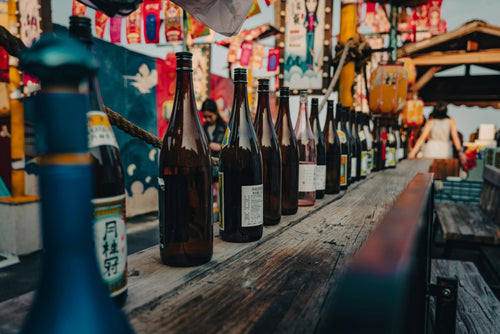
Top 12 Sake Breweries in Japan for Tasting and Tours
Japan’s sake culture is celebrated around the world for its depth, complexity, and rich history. Sake, or nihons...
-
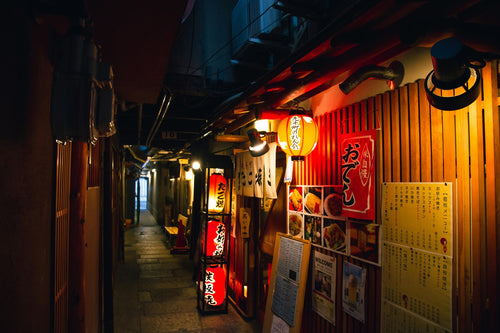
How to Enjoy a Night at a Japanese Izakaya
Japanese izakayas are casual, lively spots where locals gather after work to enjoy drinks, share small plates, a...
-

Exploring Karaoke Culture in Japan: 8 Best Places to Sing
Karaoke is an integral part of Japanese culture, offering a fun and entertaining way for friends, family, and even co...
-
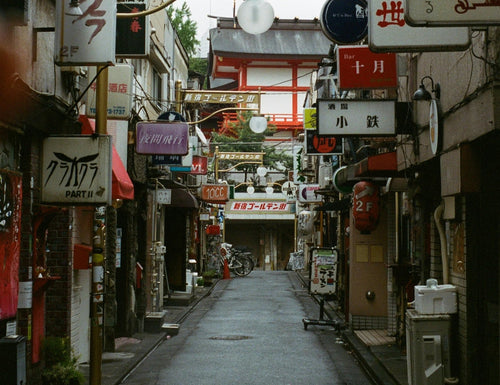
5 recommended bars in Golden Gai
Golden Gai, nestled in the heart of Tokyo’s Shinjuku district, is one of the city’s most iconic bar districts. Known ...
-

10 Japanese Gardens You Should Visit for Tranquility
Japanese gardens are renowned for their beauty, tranquility, and intricate designs that reflect harmony with nature. ...
-
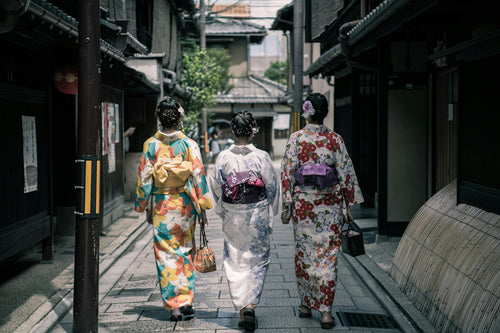
Japan’s Kimono Heritage: Symbolism, Style, and Where to See
The kimono, Japan’s traditional garment, is a beautiful and symbolic representation of Japanese culture. From its int...
-
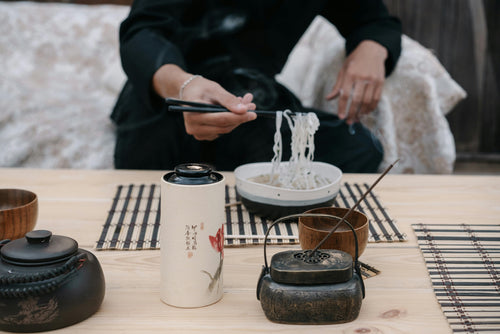
Etiquette Essentials for Visitors to Japan
Japan’s culture is rich in respect, politeness, and consideration, making etiquette an essential part of daily l...
-

7 Best Places to Discover Japan’s Samurai History
Japan’s samurai history is one of honor, skill, and deep cultural influence, stretching back centuries and leaving an...
-
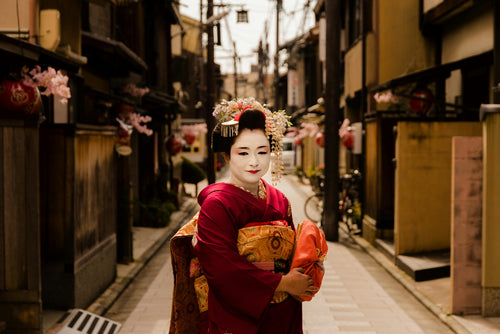
Geisha Culture in Japan: Myths and Realities
The world of geisha, Japan’s skilled performers and keepers of traditional arts, has long intrigued people around th...
-
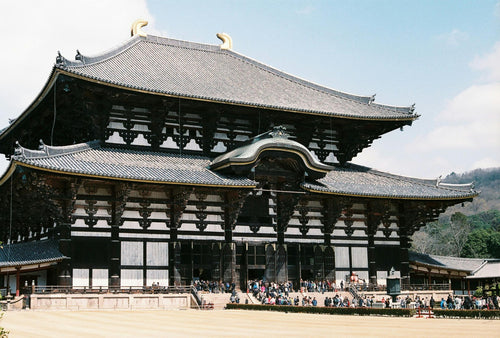
Japan’s Unique Architecture: Top 8 Traditional and Modern Landmarks
Japan is renowned for its unique blend of ancient architectural heritage and cutting-edge modern designs. From c...
-
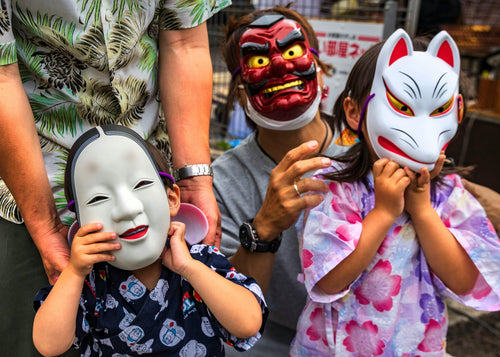
10 Traditional Japanese Festivals (Matsuri) You Can’t Miss
Japanese festivals, or *matsuri*, are vibrant celebrations of cultural heritage, featuring elaborate costumes, l...
-
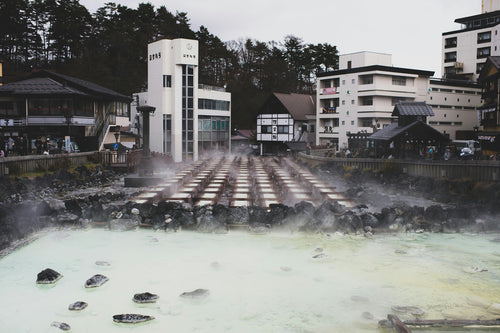
Japan’s Three Great Onsen: A Guide to Famous Hot Springs
Japan is famous for its natural hot springs, or *onsen* (温泉), offering visitors a unique opportunity to relax and rej...
-
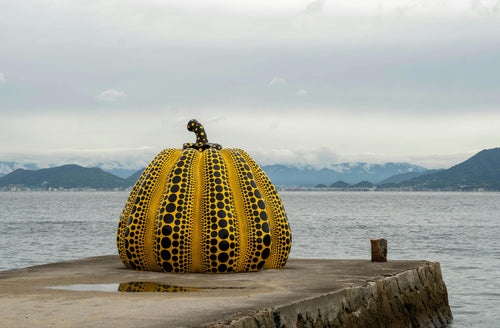
Japanese Art Exploration: Best Spots to Enjoy Art in Japan
Japan is a country rich in artistic heritage, from centuries-old traditional crafts to modern, innovative instal...
-

Guide to Japan’s Fireworks Festivals: When and Where to Go
Japan’s summer fireworks festivals, known as "hanabi taikai" (花火大会), are among the most anticipated events in th...
-
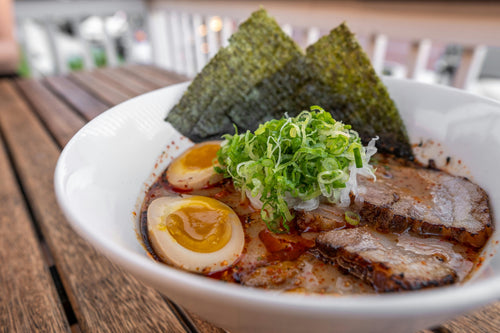
Where to Experience Ramen-Making Classes in Japan
Ramen is one of Japan’s most beloved dishes, with countless regional styles and flavors that attract food lovers from...
-
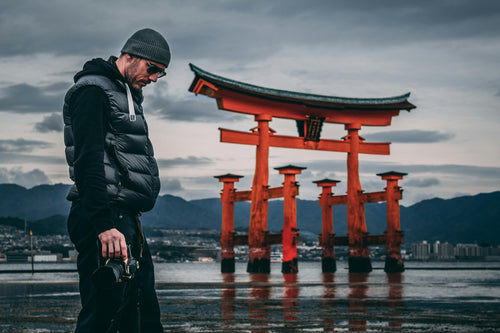
Power Spot Tours: Japan’s Famous Temples and Shrines
Japan is a land steeped in spiritual history, and visiting its temples and shrines provides not only a glimpse i...
-
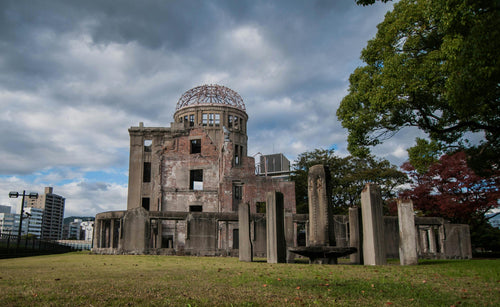
UNESCO World Heritage Site Tour Guide in Japan
Japan is home to numerous UNESCO World Heritage Sites, each offering a glimpse into the country’s rich cultural herit...
-
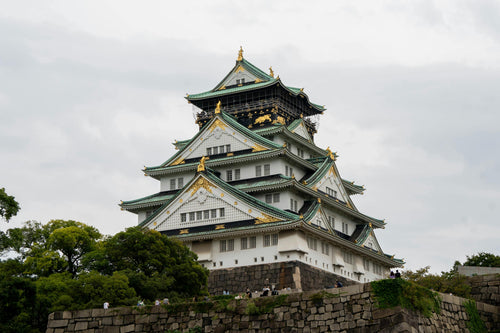
5 Famous Japanese Castles: History and Highlights
Japan is home to some of the most beautiful and historically significant castles in the world. Built during the feuda...
-
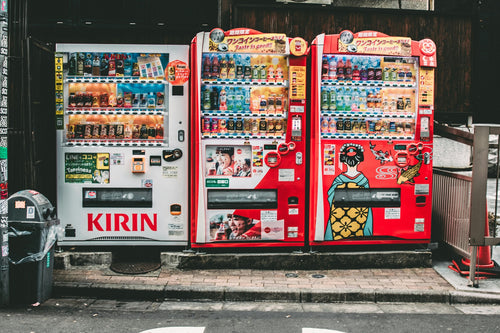
10 Unique Drinks to Try from Japanese Vending Machines
Japan is famous for its vending machines, offering an incredible variety of drinks that go beyond just soft drinks an...
-
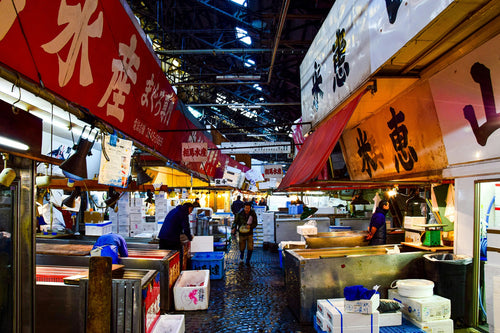
Tokyo Market Guide: Exploring Tsukiji and Toyosu Markets
Tokyo's Tsukiji and Toyosu Markets are must-visit spots for food lovers and anyone interested in Japan’s rich culinar...
-
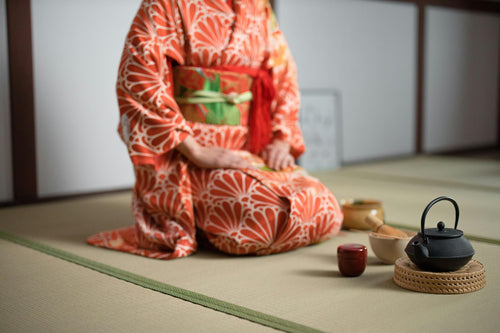
Experiencing Traditional Tea Ceremony in Tokyo
The Japanese tea ceremony, or "chanoyu," is a cultural experience steeped in tradition, aesthetics, and mindfulness....
-
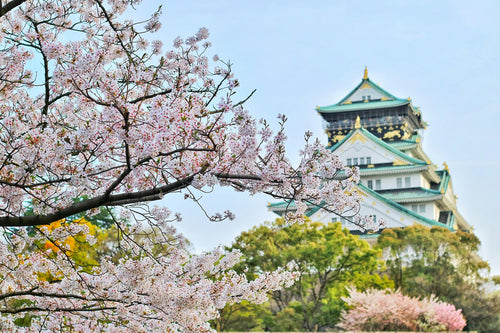
Top 7 Cherry Blossom Viewing Locations in Tokyo
Springtime in Tokyo is synonymous with the cherry blossom season, a breathtaking period when the city’s parks, rivers...
-
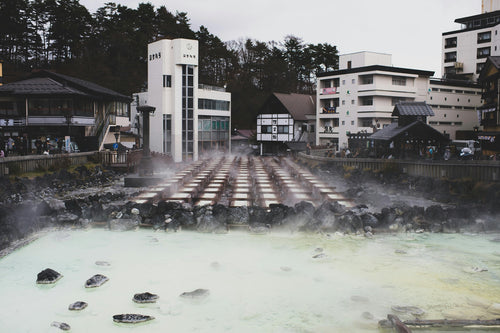
What is Onsen? A Guide to History, Benefits, and Etiquette
Onsen, Japan’s cherished hot spring culture, offers a unique blend of relaxation, scenic beauty, and deep-rooted trad...
-
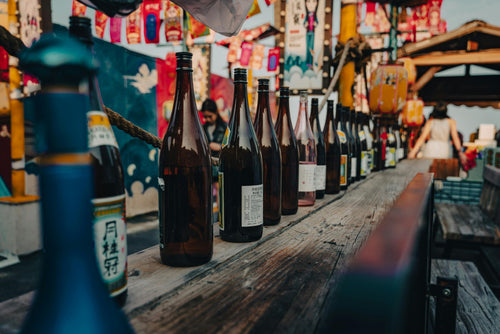
What is Sake? Its Production Method and History
Sake is a traditional Japanese alcoholic beverage made from fermented rice. It has been enjoyed in Japan for over a t...
-
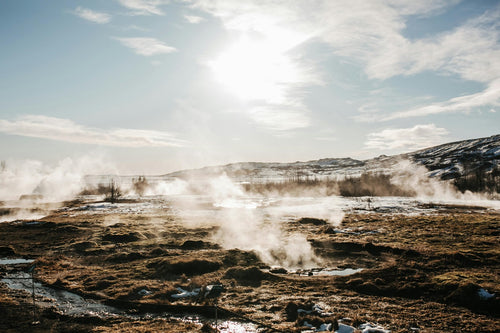
8 hot springs with beautiful scenery near Tokyo
Tokyo is a bustling metropolis, but just outside the city are some of Japan's most serene hot springs, or onsens, off...
-

Top 10 museum to visit in Tokyo
Tokyo is home to a diverse range of museums that cater to all interests, from art and history to technology and pop c...
-
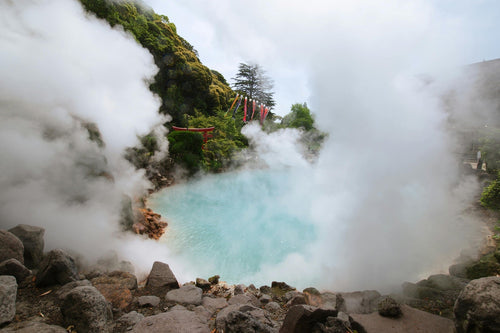
9 Best Hot Spring and Bathhouse in Tokyo
Tokyo is known for its vibrant urban energy, but it's also a fantastic place to relax and rejuvenate in hot springs (...
-
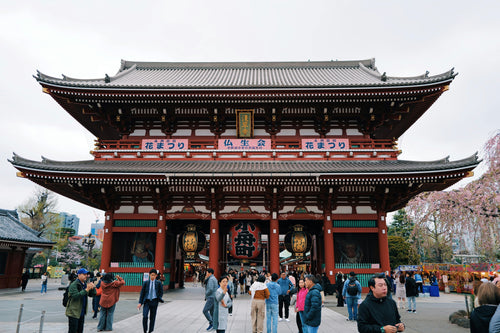
15 Famous Temples and Shrines to Visit near Tokyo
Tokyo and its surrounding areas are home to many famous temples and shrines that showcase Japan's rich spiritual and ...










































